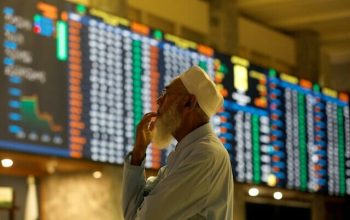If petroleum does not do it, electricity will. That has been the story of wholesale prices for a while as WPI index inched up again on-month after a three-month hiatus. Wholesale prices have inched up 23 percent year-on-year, as the PBS has taken the most recent power tariff increase into account. The statistics body has put the month-on-month increase in electricity at 30 percent, making it the second largest contributor to WPI in weighted terms.
Unlike domestic household power tariffs, industrial (and commercial) power tariffs are rather straightforward and that is where 30 percent increase seems to have been estimated at the lower side. One must not lose sight of the fact that apart from base tariff revisions, there has been a significant increase in additional surcharges on electricity consumption, to foot the debt servicing cost of the PHL loans. That surcharge applies uniformly across all commercial and industrial categories, without exception – and is three times the previous surcharge.

Moreover, the end to all support packages to industrial electricity consumption, exports and otherwise, is another significant factor that seems to have been ignored in the calculation – as 30 percent appears just the impact of base tariff revision. Agriculture electricity tariffs have been increased the highest, as the subsidy reform enters the last stage. This will invariably lead to more pressure on agri output prices come the next crop cycle.

So, while the WPI readings of electricity price increase may not show the complete picture, it won’t be long before al industrial outputs start showing another significant round of increase – and another bull rally in WPI cannot be ruled out, although the peak may well be behind us. Mind you, these readings are coming off near all-time highs seen around the same time last year.

The biggest respite in WPI index comes from reduction in HSD and furnace oil prices for July. The transmission of petroleum products to retail level has been found the most immediate. The use of furnace oil has come down significantly over the recent past, making the rather high basket weight, only behind HSD, redundant, as the impact to retail will be negligible. The petroleum price respite may well be short-lived though, as evident from the Rs20/ltr hike announced earlier. The mood in international oil markets does not spell good news for Pakistan and with the IMF watching closely, Pakistan has little choice but to pass on the impact without letting go of revenues.
Metal group continues to remain heated, and with oil prices threatening to go on an extended bull run – other commodities could soon follow. From what it appears, there is a lot that could wrong and wholesale prices will be the first to reflect on what is in store for retail prices. The story is far from over.
Read the full story at the Business Recorder - Latest News website.



